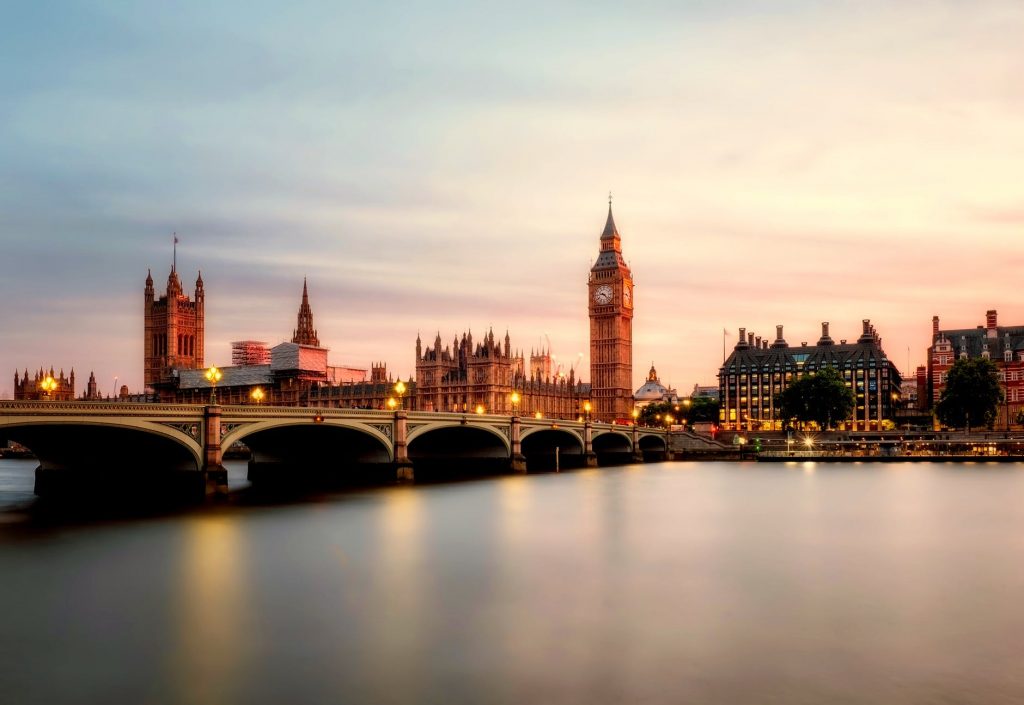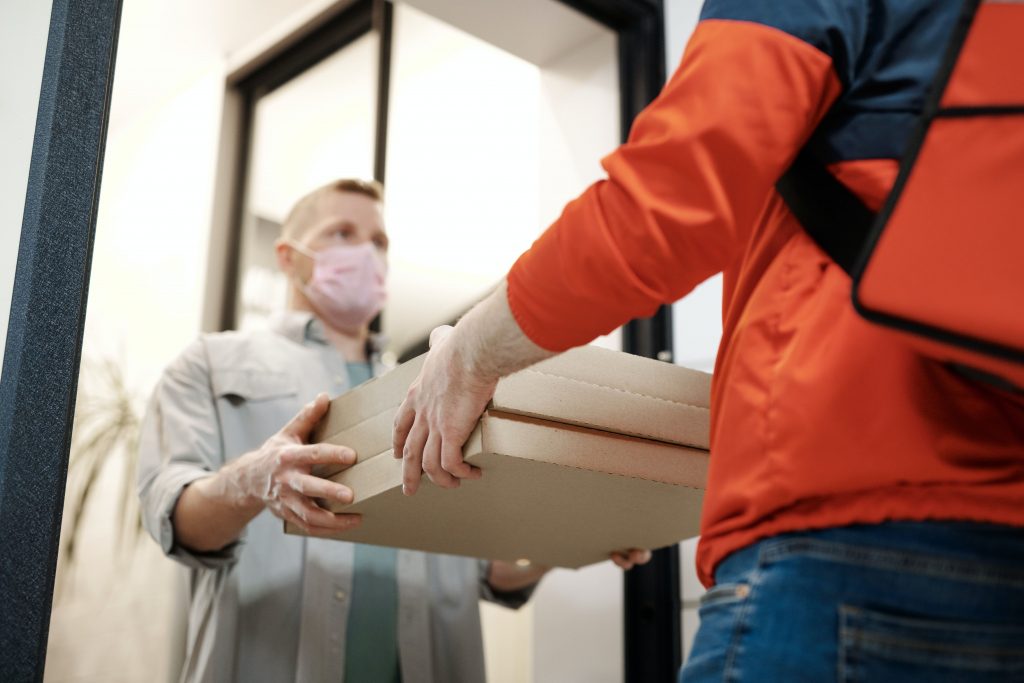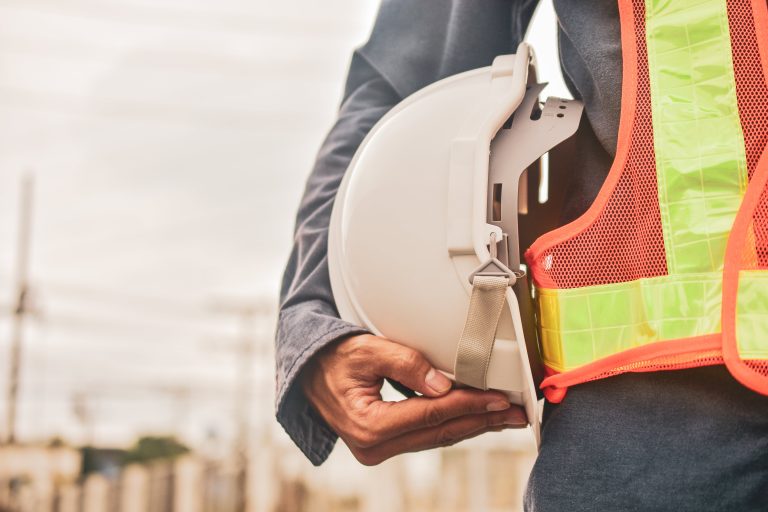BLOG
Tier we go again | What employers need to know about new post-lockdown rules
It’s the announcement many employers had been waiting on for weeks, but the Prime Minister’s post-lockdown plans, unveiled yesterday, have instead brought further uncertainty for struggling businesses.
From 2 December, the nationwide lockdown will be replaced by a tougher iteration of the three-tier system which will see parts of the country bumped up into higher levels than before.
Blog

While the Prime Minister has insisted that “the escape route is in sight”, some have expressed skepticism about a return to regional restrictions. Labour leader Sir Kier Starmer has said this approach is “risky” as “the previous three-tier system didn’t work.”
“Tier 1 areas drifted into Tier 2. Almost all Tier 2 areas ended up in Tier 3. And those in Tier 3 couldn’t see a way out”, he said.
So, what are the new post-lockdown rules?
In a bid to drive down infection rates in the lead up to Christmas, the tier system will be tougher this time around.
In Tier 1, where risk is lowest, the government will continue to encourage people to minimise travel and work from home where possible.
Nick Wilson, Director of Health & Safety Services at Ellis Whittam, says: “For many, working from home has become the norm rather than the exception, but with the government maintaining its advice that “everyone who can work from home should do so”, employers are reminded of their duty to ensure homeworkers are safe and have risk assessed their working environment.”
Businesses and venues in Tier 1 can remain open, in a COVID secure manner, except for those required to stay closed by law, such as nightclubs.
In Tier 2, pubs and bars will only be permitted to reopen if they serve food, and will only be allowed to sell alcohol alongside “substantial meals”, a measure previously reserved for Tier 3 areas.
However, there is some good news for hospitality businesses in these lower tiers, as the 10pm curfew will be extended by an extra hour.
Nick says: “The slightly later curfew makes sense from a health and safety perspective, as in theory it will allow people to filter out of the premises from last orders at 10pm, rather than all at once, reducing the risk of people gathering outside. Whether it will make any difference from a takings perspective remains to be seen.”
Those in Tier 3 will see little relief from existing lockdown measures. Indoor entertainment and tourist venues will remain closed, as will pubs and restaurants with the exception of takeaway and delivery services.
As before, household mixing will be banned indoors and outdoors in hospitality venues and private gardens.
Guidance against travelling in and out of the area will also still apply.
However, close contact services, essential and non-essential retail, places of worship, and leisure and sports facilities may continue to stay open.
The rule of six will also be reintroduced, allowing people to meet outdoors in public places like parks.
A full list of local restrictions is available on the government website.

Whatever tier businesses are placed into, Nick Wilson says individual efforts to ensure safety must continue. “Businesses are required to ensure they are COVID secure irrespective of the tier imposed post-lockdown and now is a prime time to prepare for re-opening”, he said.
“If re-opening with a reduced workforce or altering work patterns, ensure sufficient staff are on site to undertake safety-critical roles. Assess first aid provision to ensure sufficient first aiders are available for all shifts; the same applies for fire marshals. Complete a vulnerable persons risk assessment with individuals classed as clinically or extremely vulnerable before they return to normal duties.”
Further safety considerations
With businesses itching to reopen, it is important that safety remains a top priority.
Nick explains: “Where premises have been unoccupied, re-commission water systems, flush through all taps and clean water systems as necessary. Ensure boiler settings heat water to at least 60oC and take hot and cold water temperature checks to ensure water outlet temperatures are within acceptable ranges. Review cleaning regimes and clean the workplace before reopening and check that there is sufficient hand-cleaning facilities made available, such as soap, hot water and hand sanitiser. Instigate regular management checks to ensure hygiene measures do not lapse.
“Regardless of whether your business opens or remains closed, all statutory inspections must still be completed for gas and electrical installations, plant, machinery, work equipment and fire safety installations. Re-commission heating and ventilation systems in good time prior to re-opening to ensure they are working efficiently.”
Businesses are also required by law to have a COVID-19 Risk Assessment in place. “Like all risk assessments, this should be reviewed and updated as the new tier structure comes into force”, Nick advises.
When do the new tier system rules come into effect?
There has been some confusion over when the new regional restrictions kick in, as some sources have interpreted the Wednesday 2 December implementation date differently.
The government guidance says: “The new rules will come into effect from the beginning (emphasis own) of Wednesday 2 December.” Our understanding, therefore, is that the local restrictions outlined above will apply from 00:01 on Wednesday 2 December.
The impact on businesses
For many, lockdown fatigue is beginning to kick in, and with employers having to wait until Thursday to find out which tier the government has placed them in, there is yet more uncertainty for struggling businesses.
Many have already spoken of the mental anguish caused by the prospect of being left in virtual lockdown until March, though the government has promised that tier allocations will be reviewed every 14 days.
The Prime Minister said he was “very sorry” for the “hardship” that such restrictions would cause business owners.
For businesses in areas like Leicester, who have barely emerged from lockdown since March, further closures may be the final nail in the coffin.
However, aside from the question mark over what areas will fall into what tiers, James Tamm, Employment Law Director at Ellis Whittam, says businesses may actually have less uncertainty than they did coming out of lockdown 1.0.

“Everyone knows what to do this time around and we know these rules will be in place until March, so planning might be easier”, James said. “The furlough path is well trodden now, and I think many employers are more familiar with the law around health and safety refusals to return to work.
“The rules around clinically extremely vulnerable employees are a bit more restrictive once shielding ends and furlough then may only be possible if someone is signed off on long-term sick leave. That’s not to say any of this is simple. Lots of business will remain under huge financial pressure and staff absence will no doubt remain high for the foreseeable but hopefully a lot of employers now have more knowledge and experience in dealing with these issues – and if not, that’s what we’re here for.”
For now, businesses can only await their fate, as discussion turns to restrictions over Christmas. With all four nations on different pages, government leaders will now work together to thrash out a UK-wide approach that will allow families to come together over the festive period.
Adapt to new restrictions with our free resources
From reopening checklists and risk assessments to extended furlough FAQs and letter templates, our Coronavirus Advice Hub contains hundreds of helpful resources designed to help employers apply government guidance, overcome associated workforce challenges, and continue to operate safely. Register free for unlimited access.
Sign up for the latest news & insights
Resources
Latest News & Insights

Do ADHD and autism qualify as a disability? | Understanding the Equality Act 2010 and new case law
BLOG Written on 14 July 2025 When an employee discloses that they have ADHD or autism, many employers find themselves asking: Is this classed as

Privacy vs practicality | Are you entitled to know the reason for an employee’s sickness absence?
BLOG Written on 14 July 2025 When an employee calls in sick, it’s natural for employers to want to understand the situation. However, questions around

Education | What school leaders need to know about September 2025 pay changes
BLOG Written on 9 July 2025 As we near the end of the summer term, headteachers, school business managers and senior Trust staff, along with

Employment Rights Bill Implementation Roadmap | Your quick guide to what’s coming when
BLOG Written on 4 July 2025 The Employment Law Bill promises the biggest shake-up of UK employment law in decades. Having recently cleared the Committee

Fewer lives lost | Key takeaways from the HSE’s 2024/25 fatal injury statistics
Blog Written on 3 July 2025 The Health and Safety Executive (HSE) has published its provisional fatal injury statistics for 2024/25, revealing a welcome decline

Candidate feedback | The secret superpower that can strengthen your recruitment process
BLOG Written by Danielle Fargnoli-Read on 25 June 2025 Let’s be honest – recruitment can be tough. You spend a lot of time writing job

New sentencing guidelines could see fines soar for very large organisations
BLOG Written on 23 June 2025 On 1 June 2025, the Sentencing Council introduced important amendments to its guidelines for health and safety, corporate manslaughter,

Don’t rely on AI | 5 areas where employers should exercise caution
BLOG Written by Amy Waters on 20 June 2025 Artificial Intelligence (AI) tools are transforming the way employers manage their operations, from streamlining recruitment to

Can employers lawfully demote employees?
BLOG When faced with performance or conduct issues, employers may look for alternatives to dismissal – one of which is demotion. This usually means reducing






